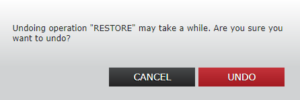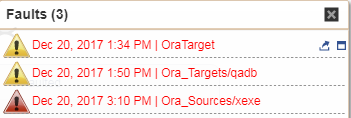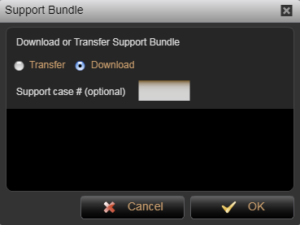A completely different (non-technical) short post today. I recently delivered another successful Delphix training course for a large corporate customer and specifically for their global support team in Pune, India (actually there were six from the support team plus one from their build team and one from the core engineering team). That’s another eight Delphix experts created!
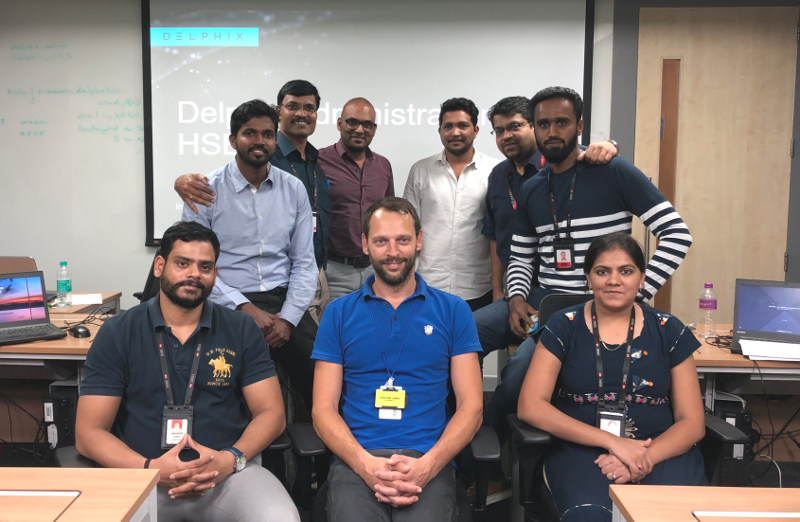
Continue reading “Another Successful Delphix Training Course Delivered”
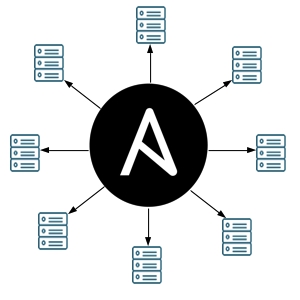
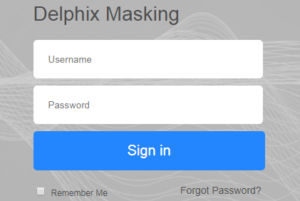
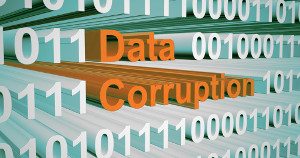
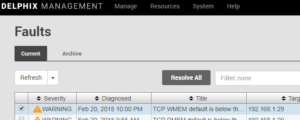

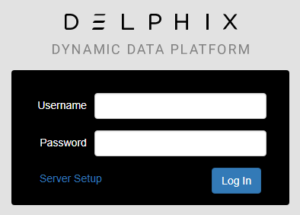
 Vs
Vs 